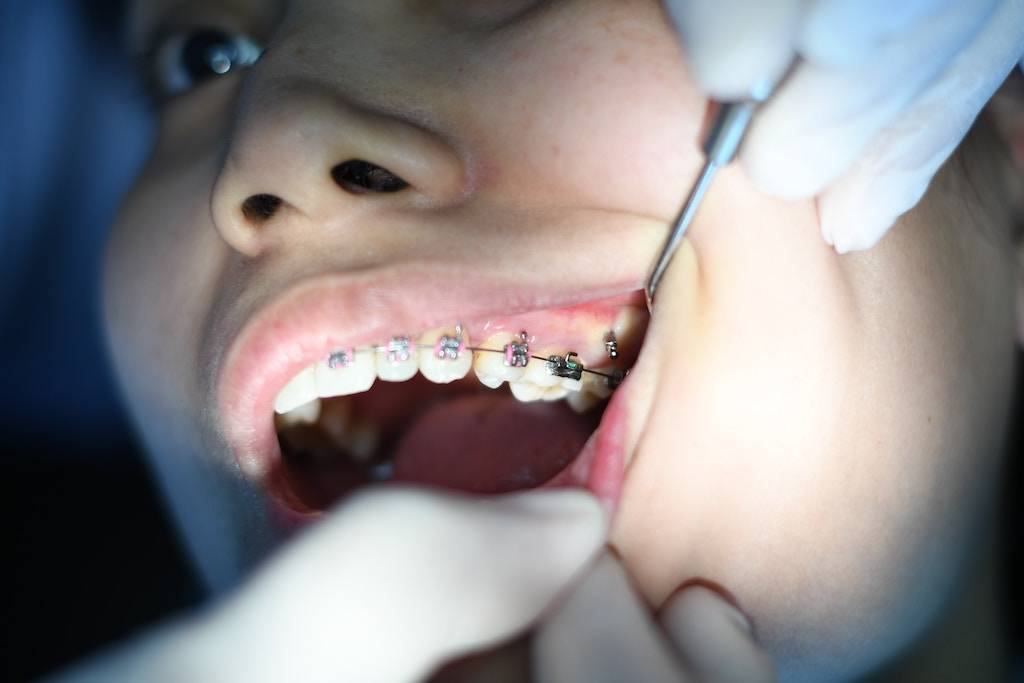Discover the key factors that determine the cost of braces with insurance. Understand insurance coverage, types of braces, and tips for minimizing costs.
Determining the cost of braces with insurance may seem like an overwhelming task, but it is essential for those considering orthodontic treatment. In this article, you will discover the key factors that determine the cost of braces with insurance, allowing you to make an informed decision regarding your dental care. By understanding the intricacies of insurance coverage, deductible amounts, and the types of orthodontic treatments available, you will be equipped with the knowledge necessary to navigate the financial aspect of your orthodontic journey confidently.
Determining the Cost of Braces with Insurance
When it comes to orthodontic treatment, braces are a popular choice for correcting misaligned teeth. However, the cost of braces can be a concern for many individuals and families. Dental insurance can help alleviate some of the financial burden, but it’s important to understand how insurance coverage works for braces. In this comprehensive article, we will explore various factors that determine the cost of braces with insurance, the different types of braces available, the importance of in-network providers, additional costs to consider, and tips for minimizing costs and maximizing insurance benefits.
What are braces?
Braces are orthodontic appliances used to correct misaligned teeth, helping to create a straighter and healthier smile. There are several types of braces available, including traditional metal braces, ceramic braces, lingual braces, and invisible aligners. Each type has its own unique characteristics and associated costs.
Understanding insurance coverage for braces
Dental insurance plays a crucial role in determining the cost of braces. It is important to have dental insurance that covers orthodontic treatment. There are several dental insurance plans available in the market, and it’s essential to carefully review the coverage details to ensure braces are included in the policy.
Factors that determine the cost of braces
The cost of braces varies depending on several factors. The severity of the dental misalignment, treatment duration, orthodontist’s expertise and experience, geographical location, and the need for additional procedures all contribute to the overall cost of braces. Understanding these factors can help individuals anticipate the potential cost of their orthodontic treatment.
Different types of braces and their costs
There are various types of braces available, each with its own cost considerations. Traditional metal braces are often the most affordable option, while ceramic braces, lingual braces, and invisible aligners tend to have higher costs. It’s important to discuss these options with your orthodontist to determine the most suitable and cost-effective solution for your specific needs.
In-network vs out-of-network providers
When it comes to dental insurance, the choice between in-network and out-of-network providers can significantly impact the overall cost of braces. In-network providers have negotiated rates with insurance companies, resulting in lower out-of-pocket expenses for the insured individual. Choosing an in-network provider can help maximize insurance benefits and minimize the cost of braces.
Initial consultation and diagnostic fees
Before undergoing orthodontic treatment, an initial consultation is typically necessary. During this consultation, the orthodontist will evaluate your dental condition and create a treatment plan. It’s important to understand that there may be costs associated with this consultation and any necessary diagnostics, such as X-rays or impressions. However, insurance plans may provide coverage for these initial expenses, so be sure to check your policy details.
Monthly payments and financing options
Orthodontic treatment often requires monthly payments to cover the overall cost of braces. Many orthodontists offer payment plans to help make the financial aspect more manageable. Additionally, financing options may be available to spread out the cost of treatment over a longer period of time. It’s important to discuss these options with your orthodontist to find a payment plan that suits your budget. Some insurance plans may also provide coverage for monthly payments, further reducing the financial burden.
Coverage limits and waiting periods
Dental insurance plans typically have coverage limits for orthodontic treatment. These limits can vary from plan to plan and may impose an annual maximum or a lifetime maximum for orthodontic benefits. Additionally, some insurance plans may have waiting periods before orthodontic treatment coverage kicks in. It’s important to review your insurance policy to understand these limits and waiting periods, as they can impact the overall cost of braces.
Additional costs to consider
While dental insurance can help cover a significant portion of the cost of braces, there may be additional costs that individuals should consider. These costs can include retainers, adjustments, and any necessary follow-up procedures. Be sure to discuss these potential additional costs with your orthodontist and review them in the context of your insurance coverage.
Tips for minimizing costs and maximizing insurance benefits
There are several tips and strategies individuals can employ to minimize the costs of braces and maximize their insurance benefits. First, it is essential to research different insurance plans and thoroughly review the coverage details. This will help identify plans that offer comprehensive orthodontic coverage at a reasonable cost. Additionally, choosing an in-network provider can significantly reduce out-of-pocket expenses. It is also worth considering different types of braces and discussing them with your orthodontist to find a cost-effective solution. Furthermore, discussing payment plans and potential discounts with your orthodontist can help make treatment more affordable. Lastly, it’s important to optimize your insurance benefits by utilizing them to the fullest extent possible. This may include scheduling appointments strategically to maximize coverage for each calendar year or benefit period.
In conclusion, dental insurance plays a crucial role in determining the cost of braces. Understanding the various factors that influence the cost, the different types of braces available, the importance of in-network providers, additional costs to consider, and tips for minimizing expenses and maximizing insurance benefits can help individuals make informed decisions about their orthodontic treatment. By carefully considering these factors and leveraging insurance coverage, individuals can attain a straighter and healthier smile without breaking the bank.


